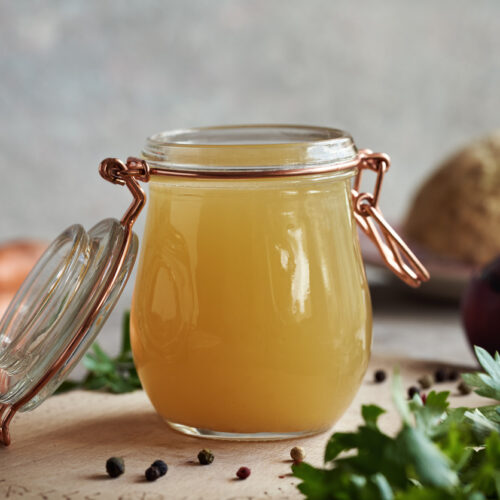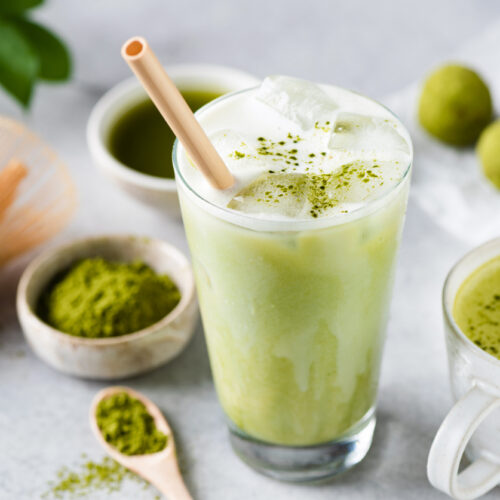
Some snacks can contribute to expanding waistlines. Dietitian Catherine Saxelby shows you healthier ways to glide through to the next meal.
How often do we need to eat?
You’ve no doubt heard that eating small, frequent mini-meals during the day is a good way to stave off hunger, prevent overeating, keep your metabolism stimulated and, therefore, burn more kilojoules.
Some studies show this approach is correct, while others conclude you’re better off keeping to three decent-sized main meals with nothing in between.
In fact, the better option is the one that works for you. Either strategy is fine. Just make sure you don’t take in more than your body requires.
Eating regularly keeps your hunger in check. This is particularly crucial if you are trying to lose weight.
Missing meals and topping up on high-energy snacks can tip the balance, so you end up eating more energy than you think.
Why we’re snacking more
How often have you not had time to sit down for a meal, and just grabbed a snack to eat on the run? Our fast-paced lives mean we’re reaching for portable snacks instead of three square meals, and it’s causing some of us unwanted weight gain. Although there are no data for New Zealanders, according to recent research, almost one in three Australians say they sometimes eat a snack instead of having a meal. In this way snacks are a shortcut, or a quick bite to make do when we don’t have time to prepare a meal from scratch. But they can also contribute to overeating for some. While it’s fine to swap an occasional meal for a light snack, it’s a problem when we eat too many treat food snacks, such as chips and biscuits, or too many processed snacks and smoothies glammed up with a ‘superfood’, such as kale or goji berries.
And then there are over-the-top treats such as raw caramel slices and cronuts – snacks that can have your entire day’s kilojoule intake in one go!
Six ways to beat boredom snacking
Try these tips when you’re not actually hungry:
- Call a friend
- Do something active with your hands — apply hand cream, give yourself a manicure, clean, or do a puzzle or needlework
- Garden outdoors
- Go out for a short walk (away from the kitchen)
- Just sit in the moment and check in with your feelings (what else comes up aside from hunger?)
- Read a book or magazine.
Is snacking just distracted eating?
Often snacking is non-mindful eating. You might find yourself mindlessly munching popcorn at the movies, unconsciously chomping choc biscuits in front of the television, or obliviously scoffing chips at your desk while your mind is wrapped up in a mentally challenging task.
If you notice your kids snack while playing a computer game, or glued to their phone, they might be doing the same thing.
Research shows that when you are distracted or not paying attention to your eating, you tend to eat more.
That’s because it’s easier to take in many more snack kilojoules than you need before the 20 minutes it takes for your stomach to signal to your brain that you are full.
Stop mindless snacking
The next time you feel the urge to reach for biscuits or chips, pause for a moment and ask yourself these six questions:
- Am I really hungry now? Remember, it’s okay to be a little hungry.
- Am I eating out of boredom? Or tiredness? Or anger? Will eating change my mood?
- Am I craving something sweet, crunchy or salty?
- Can I stop at just one, or will this snack lead to overeating?
- Do I always snack at this time of day out of habit?
- Is my energy really that low, or would stepping away from my desk for a moment help?
How to cope with the 3pm slump
That mid-afternoon low where concentration flags and yawning starts is a common snack trigger.
If you can grab a half-hour nap, do it. But few of us have this luxury, so focus on getting a good night’s sleep. Seven to nine hours of sleep is recommended each night to keep your appetite hormones in check.
Before you turn to coffee and doughnuts in an attempt to perk up, consider these alternatives which will power you through the afternoon towards your evening meal.
Acknowledge your energy levels may plateau at 3pm or 4pm. Try having a walk, some fresh air or a glass of water. If you are hungry, then plan to eat something nourishing and just filling enough, such as a banana with a handful of mixed nuts (slow-release energy with healthy fats and protein), or a small mug of thick lentil soup with two grainy crispbreads (protein with slow carbs).
Eat a nutritious, balanced lunch. Make sure you include some low-GI carbs such as grainy bread or brown rice, legumes, such as chickpeas, with a source of protein such as chicken, eggs, salmon, lentils or other legumes. Make sure there is some salad or vegetables too. Then you can push on through that slump, knowing you’ve nourished your body.
Healthy snacks
Remember that snacks count as part of your total intake.



Five strategies for smart snacking
Here’s a practical guide to getting the most from your daily nibbles.
- Check in: Are you really hungry? Could it be you’re actually thirsty? It’s okay to feel hungry for a little while, we’re just not used to it these days.
- Keep snacks small: Choose a snack that is the right size. See our portion suggestions (left). Eat just enough to quell hunger. Don’t turn it into a meal by overeating.
- Step up to the plate: Serve your snack on a small plate, or in a bowl or plastic tub. Close the snack packet and put it away. That means there’s no temptation for mindless eating.
- Snack mindfully: Don’t snack at your desk, in the car or while watching TV, where you can fall into automated
eating mode. Instead, tune in to the different flavour and texture sensations to feel more satisfied. - Choose snacks with nutrients: Make snacks contribute vitamins, minerals and fibre, not just refined carbs, sugars and saturated fats. Eat whole foods that are not in a packet, such as a handful of nuts, a boiled egg or a piece of fruit.
Article sources and references
- Minotto H. 2017. Snacking goes to extremes. mintel.com/blog/food-market-news/snacking-in-australia-goes-to-extreme Accessed March 2017https://www.mintel.com/blog/food-market-news/snacking-in-australia-goes-to-extremes
- Robinson E et al. 2013. Eating attentively: a systematic review and meta analysis of food intake memory and awareness on eating. American Journal of Clinical Nutrition 97:728-42https://www.ncbi.nlm.nih.gov/pubmed/23446890
www.healthyfood.com










